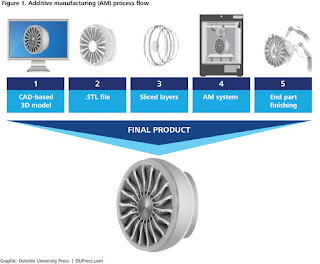Dramatic improvements in Robotics, AI (Artificial Intelligence), AM (Additive Manufacturing, also known as 3D Printing), and Nanoenergetics are dramatically changing the character of conflict in all domains.
The convergence of these new and improving technologies is creating a massive increase in capabilities available to smaller and smaller political entities — extending even to the individual.
This increase provides smaller powers with capabilities that used to be the preserve of major powers. Moreover, these small, smart, and cheap weapons based on land, sea, or air may be able to dominate combat.
This new diffusion of power has major implications for the conduct of warfare and national strategy. Because even massive investment in mature technology leads to only incremental improvement in capabilities, the proliferation of many small and smart weapons may simply overwhelm a few exceptionally capable and complex systems.
The advances may force the United States to rethink its procurement plans, force structure, and force posture. The diffusion of power will also greatly complicate U.S. responses to various crises, reduce its ability to influence events with military force, and should require policymakers and military planners to thoughtfully consider future policies and strategy.










